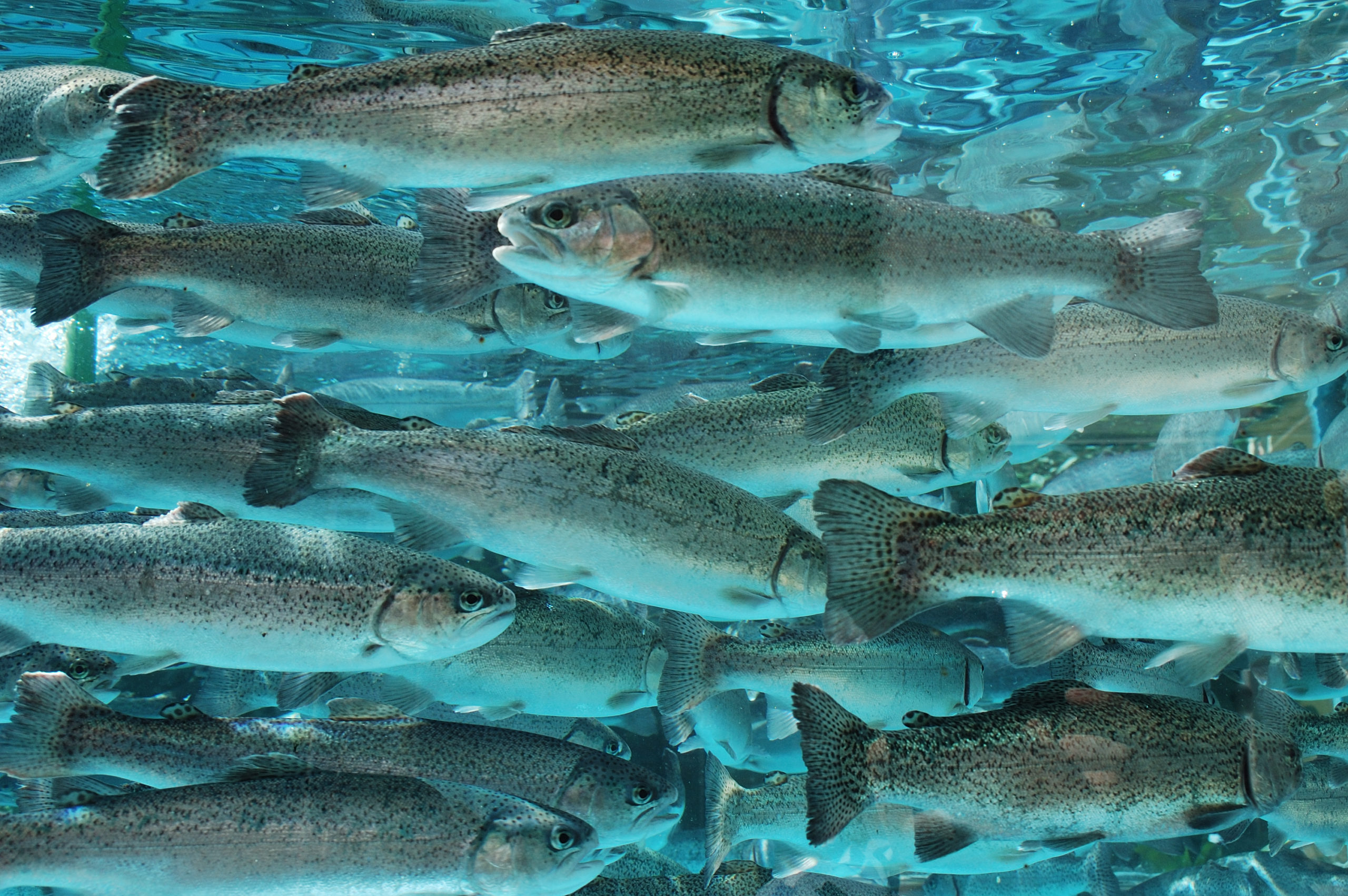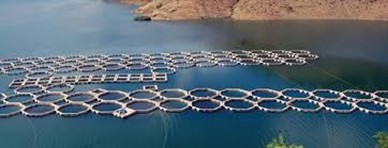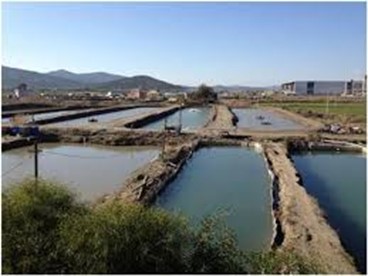IPRS Key to Turkey’s Export Goal of $2 Billion in Fisheries Products
- Category:
- Aquaculture

Turkish aquaculture represents several opportunities for U.S. Soy, including increased exports and increased interest in the U.S. Soybean Export Council’s In-Pond Raceway System (IPRS).
IPRS allows producers to increase fish production while reducing environmental impact. The concept is to concentrate fed fish in cells or “raceways” within a pond and provide them with constant water circulation. The system helps to maintain optimal water quality, improve feed management and reduce the solid waste loading in the pond by concentrating and removing it from the downstream end of raceway units.

USSEC and Progressus AgriSchools jointly organized a virtual course that aimed to educate and train forward-thinking fish farmers on IPRS technology. Ten companies participated in the event.
According to Sinan Kızıltan, who serves as board chairman for the Turkey Fisheries and Animal Products Exporters’ Association, Turkish fisheries exported $1.38 billion worth of product for the first time in 2019, and 2020 was expected to be no different, despite the pandemic.
From January to October 2020, Turkey’s fisheries exported 159,000 tonnes of product, valued at $822 million. During that same period, Turkish salmon exports came in at $40 million, an increase of 52% resulting from the development of a salmon high in Omega-3. Analysts forecast exports to reach $50 million by the end of 2020.
Pointing out that the fisheries sector has shown great improvement in Turkey, Kızıltan said, “In 2000, our exports were only $60 million, but we managed to reach $1.38 billion by the end of 2019. We have an export target of $2 billion for 2023.”
Additionally, he noted that Turkish salmon comprises 5% of the market share in the country’s aquaculture exports with the goal of doubling that by 2025.
Furthermore, sea bass and sea bream exports rose by 6% in the first 10 months of 2020.
“In the January to October period, sea bass took the top place with $295 million in exports of fishery products from Turkey with an increase of 6%,” Kızıltan said. “Sea bream was the most exported fish variety after sea bass. While our sea bream export was $242 million in the January to October period of 2019, it increased to $256 million in the same period of 2020, with 6% growth. While our trout exports reached $100 million with a horizontal course, the perch (granyoz) rose by 11% to $5.5 million.”
USSEC continues to support the sustainable growth of aquaculture worldwide. Clearly, Turkey has great potential, providing demand opportunities for U.S. Soy.
Education Fosters Growth
One of the ways USSEC builds a preference for and differentiates U.S. Soy is through education and trainings such as this short course, which allowed participants to understand how the IPRS works and its benefits. They also discussed the practical issues of planning, designing, constructing, and implementing the system.
During the course, participants had the opportunity to learn from representatives who developed the system and have implemented it in many countries over the years. The IPRS course also taught fish farmers how to profitably produce more fish without needing more water or land.
Turkey is one of the largest fish producers in Europe and provides an opportunity to expand aquaculture activities in the region.
As a result of the webinar, participants walked away recognizing IPRS might be a good technology to assist in industry growth. Akvatek, one of the participating companies, has already started to implement IPRS on one of its farms as a trial project to produce White Grouper. Stakeholders are confident this is the first step of many in the use of IPRS in the growing Turkish aquaculture industry.
